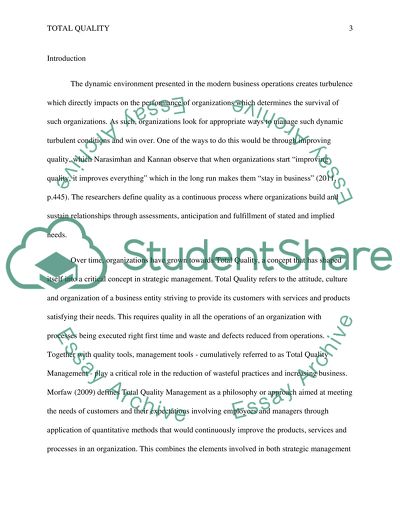Cite this document
(“Problems in Total Quality in Workplace Assignment”, n.d.)
Problems in Total Quality in Workplace Assignment. Retrieved from https://studentshare.org/human-resources/1614302-writing-assignment
Problems in Total Quality in Workplace Assignment. Retrieved from https://studentshare.org/human-resources/1614302-writing-assignment
(Problems in Total Quality in Workplace Assignment)
Problems in Total Quality in Workplace Assignment. https://studentshare.org/human-resources/1614302-writing-assignment.
Problems in Total Quality in Workplace Assignment. https://studentshare.org/human-resources/1614302-writing-assignment.
“Problems in Total Quality in Workplace Assignment”, n.d. https://studentshare.org/human-resources/1614302-writing-assignment.


